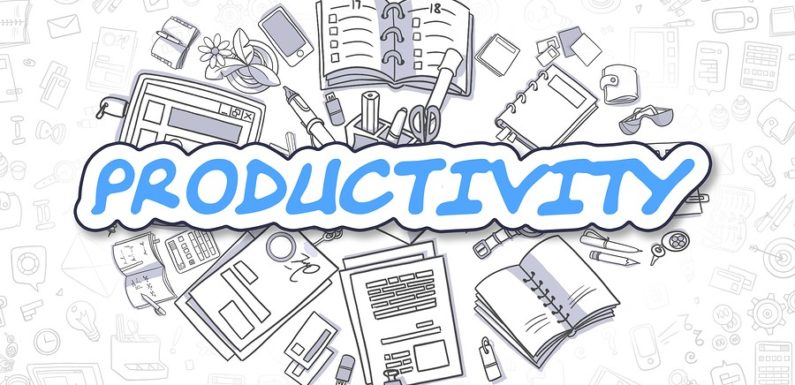
In a business world where even the smallest technological competitive advantage can change your business fortunes, ignoring the ability of technological tools to increase business productivity is a sin. The last few decades brought about great tools and pieces of software that can be leveraged by organizations to explode their production.
The ability to get things done fast and well is a quality that every organization should seek to develop in their workforce. Fundamentally, you really can’t compete in business if you can’t execute. Luckily for you, technology now makes it easier for organizations to organize, plan, and execute on the things most important to them.
Here are some of the ways in which you can use technology to increase business productivity:
Collaboration and Communication
Various tools available today allow companies to create portals where managers can share projects with their teams, and workers can collaborate and share ideas on the projects they are working on, monitor the progress their partners are making on a shared project, leave group messages, and even work remotely when away from the office.
Technology can allow you to break artificial barriers created by your organizational structure and help all employees communicate in an open and effective manner. An immediate consequence of better communication and collaboration between departments such as marketing, finance, sales, product development, and distribution is better business processes.
Organizations can learn to get better. In fact, a Harvard Business School study asserts that it is better for employees to spend time articulating and communicating what they have already learned than to invest more time learning new things. Easier communication allows employees to quickly troubleshoot problems and bottlenecks, and gain fast access to the information they need to solve these problems.
Employee Training and Development
It used to be that if you wanted to train workers, you had to get them into a room with an instructor. Now all they have to do is fire up their laptop or phone to access training materials. On-job training is one of the most impactful things you can do to increase business productivity. The return on investment when you put money in employee development programs can be tremendous. ISO 9001 specifies training as one of the most important aspects of their certification.
Because of technology available in the average workplace today, training materials can be delivered in the form of blogs, podcasts, videos, audio recordings, and infographics. On-demand knowledge can change how you train your employees. The training doesn’t have to be passive, though.
Through the use of collaborative tools, the learning process can be interactive even though the workers consume the materials on demand. Towards Maturity did a study in 2013 that revealed that 86% of employees learn what they need to know about their jobs by collaborating with their fellow employees.
Marketing
Technology now allows businesses to reach their customers without having to go through gatekeepers such as advertising agencies. You can launch a marketing campaign and monitor its performance in real time. Through the use of analytics, you can easily tell whether you are netting a positive ROI from a campaign or not, whether targeted audiences are engaging with your message or not, and how many people your campaign has reached.
Marketing methods such as email marketing can be set up once and left to run on autopilot. You can even tell your email client the exact time to send an email and whether or not to send a follow-up email based on the behavior of the email recipient. Needless to say, there are tools that can tell you how your customers interact with your emails and how they behave when they visit your websites.
Business Process Automation
There aren’t many strategies that help increase business productivity that is as straightforward as business process automation. Essentially, business process automation involves taking repetitive and complex tasks and then streamlining them using technology so that they are done the same way every time. The automation process helps save employees time and reduces the mental energy employees have to commit to getting the tasks done. The result is that they have more time and mental energy to focus on high-yield tasks.
Every business can take advantage of technology to automate their business processes. You can automate even redundant tasks such as document management. You don’t want to spend lots of time on low-yield operational tasks. Some of the business areas that can benefit from business automation include client management, customer support ticketing, software and website updates, email marketing campaigns, customer relationship management, and employee tracking.
Employee Motivation
You can use technology to track your employees’ performance and reward them appropriately when they reach desired milestones. Rewarding employees for a job well done is a great way to boost motivation and help increase productivity. Since people are different, it is up to you to find out what exactly motivates your employees. You can offer different incentive programs to different employees based on their wants and goals.
The beauty of incentivizing high performing employees is that low performing employees will also be persuaded to up their game. If they don’t, the gap between their performance and the performance of elite employees will be readily apparent as the better-performing employees pull ahead in search of even better rewards.

